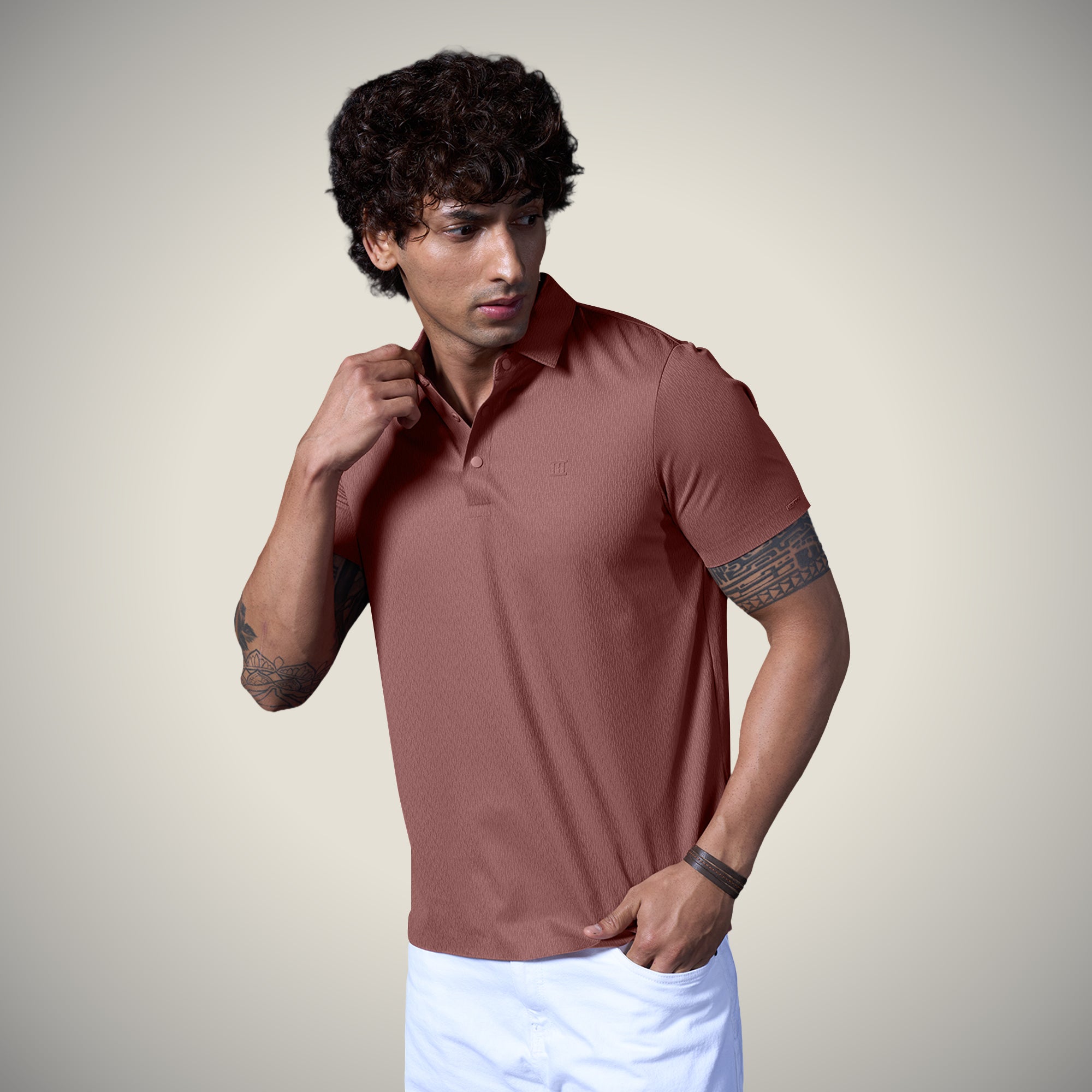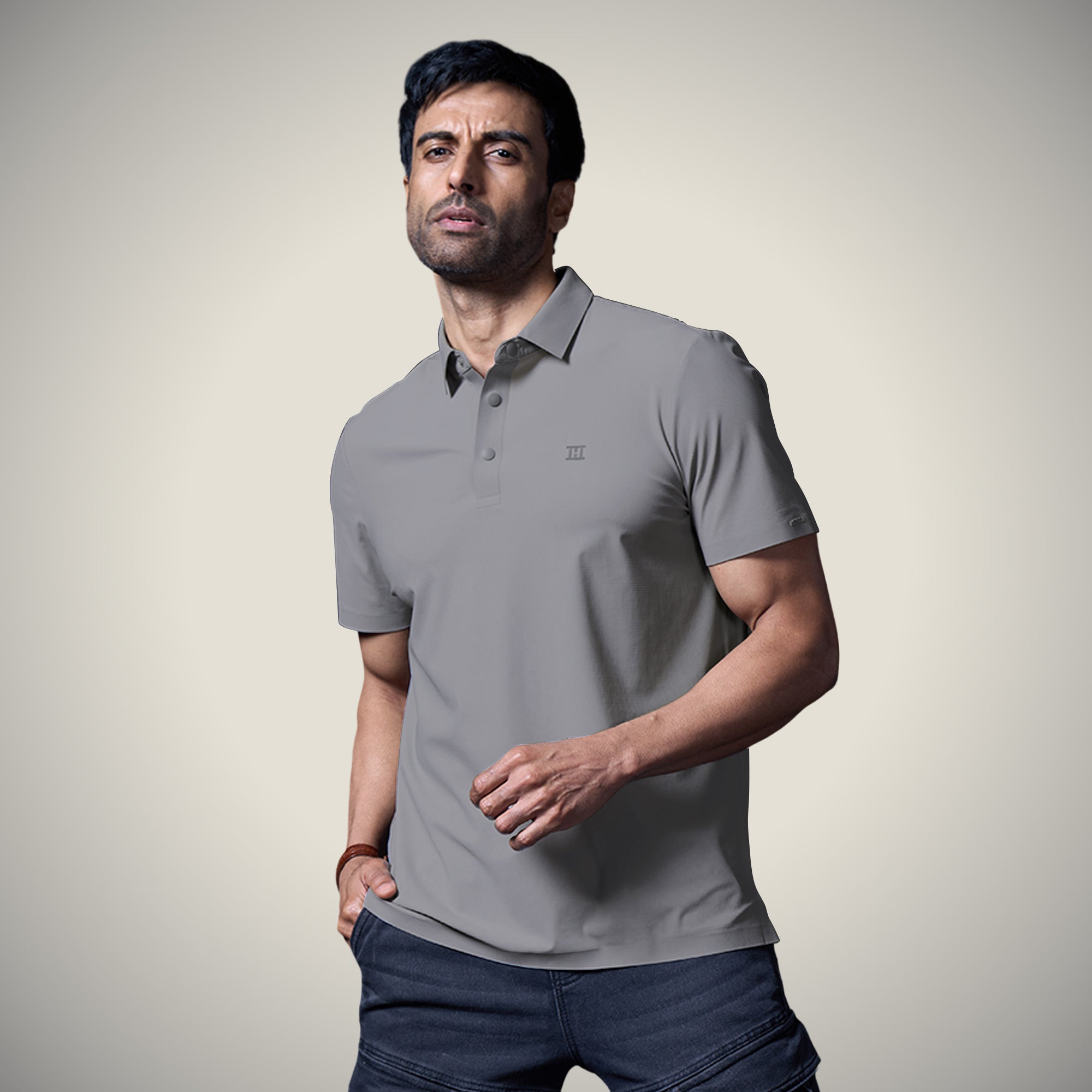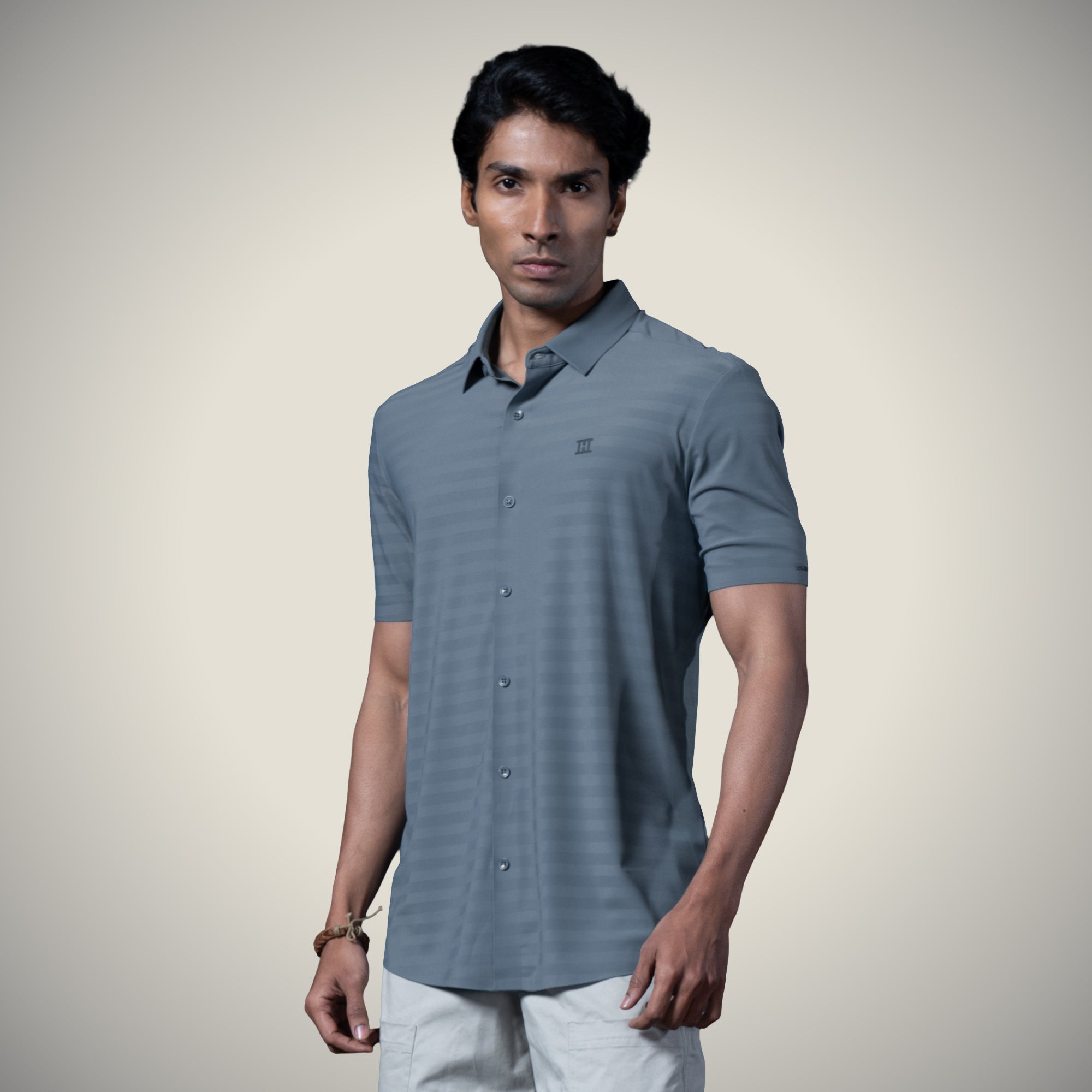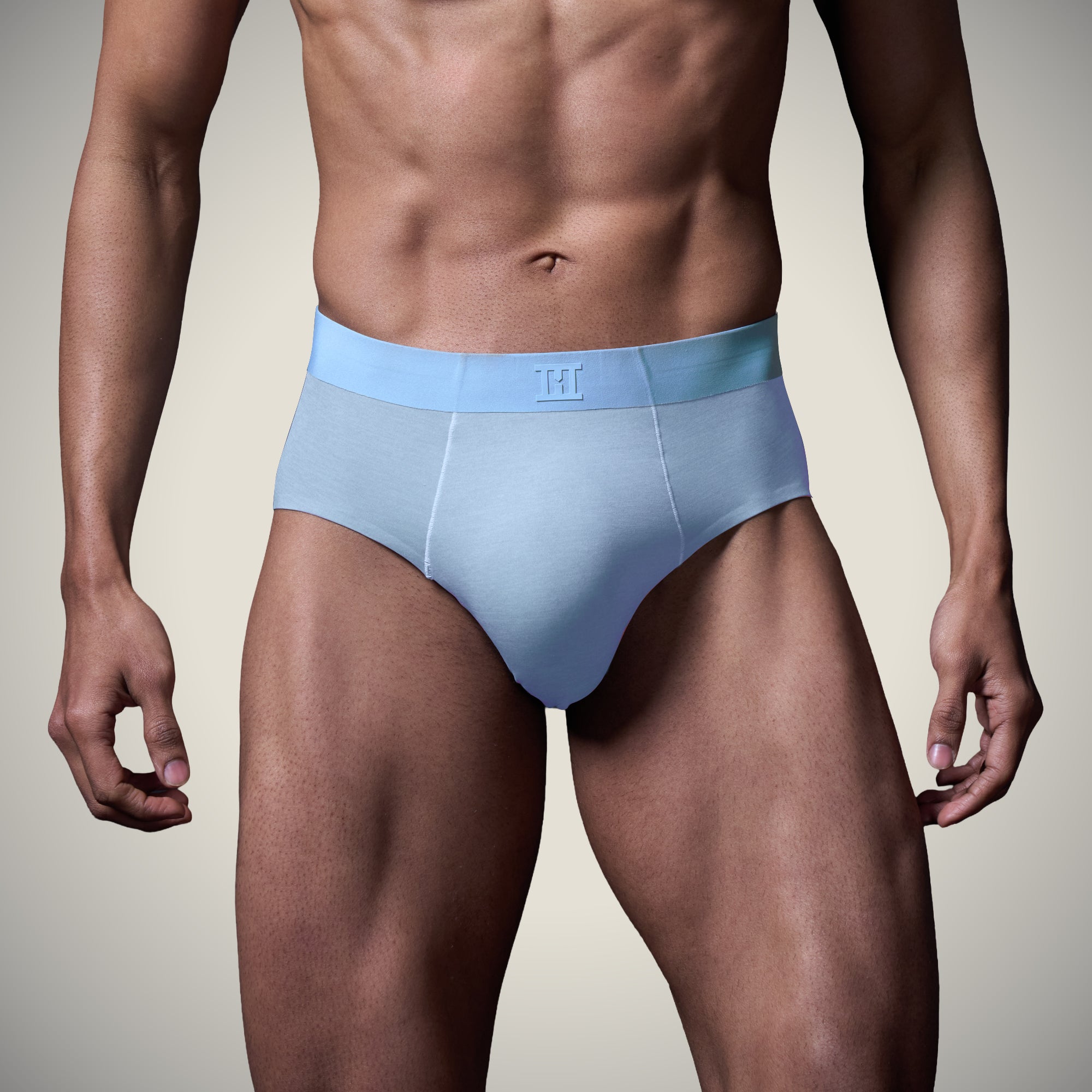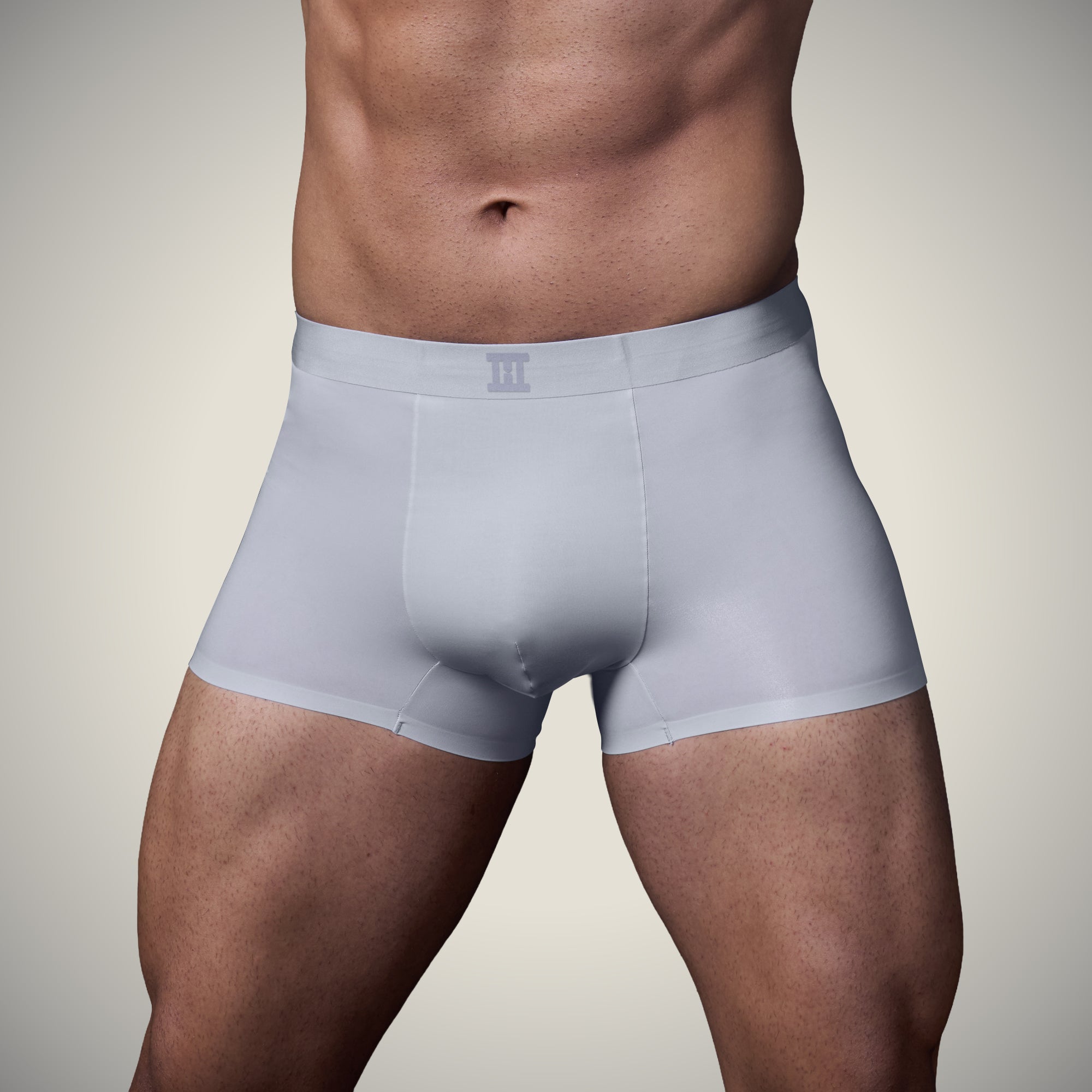Choosing the right shirt size isn’t just about looking good—it’s about feeling good too. A well-fitted polo or shirt enhances your posture, allows free movement, and complements your body shape. At Hektor, we believe that great style starts with great fit.
That’s why we’ve created this easy-to-follow size chart and measuring guide, so you can confidently pick the perfect size every time—without the guesswork.
Whether you're shopping for casual polos or crisp shirts, let this guide help you match comfort with style, effortlessly.
Why Fit and Measurement Matter
Clothes that fit well support posture and ease of movement. In contrast, wrong posture or constricted clothes hamper comfort and respiration.
A too-tight chest restricts breathing; too long or too short shirt length spoils proportion.
Measurement lets you choose between “Small, Medium, Large…” letters or numeric size. It avoids guessing and reduces returns.
Key Terms You Should Know
| Term | What it Means |
|---|---|
| Chest | Measure around the fullest part of your chest, under the arms. |
| Hem / Length or Shirt Length | From top of shoulder (highest point) down to where shirt ends. Sometimes front and back differ. |
| Shoulder Width | Distance from one shoulder seam to other. |
| Sleeve Length | From shoulder seam (or top point) to end of sleeve. |
| Size (Letter / Number) | S / M / L etc. or numeric sizes. These map to actual measurements. |
How to Measure Shirt Size (Step by Step)
- Get a soft measuring tape. If you don’t have one, use string + ruler.
- Measure your chest: wrap tape under armpits, around fullest chest part. Keep tape level. Not too tight or too loose.
- Measure shirt length: stand straight, measure from the high point of shoulder (near base of neck) down to where you want the shirt to end. For polos, they often end around mid‑hip.
- Measure shoulder width: from seam to seam at top.
- Measure sleeve length: from shoulder seam or the top of shoulder to sleeve end. For polos, half sleeves are common.
- Compare these measures to the brand’s size chart. Use the biggest measurement (often chest) to decide size; length and shoulders fine‑tune.
Polo T Shirt Size / Shirt Size Chart – Hektor Style
Below is a sample Hektor size chart for polos and shirts. These are approximate, meant to guide choosing the right size. Measurements are in inches (you may convert to centimetres if needed; 1 in ≈ 2.54 cm).

Choosing shirt size isn’t magic—it’s measurement plus understanding your body and style.
When you measure carefully, compare with the chart, and choose thoughtfully, you avoid discomfort and make your clothing last. Let Hektor be your partner in that balance—for style, comfort, and durability.
FAQ
Q: How to determine T-shirt size if I am between sizes?
A: If chest is between two sizes, choose the larger for comfort. Or choose the smaller only if you prefer a very fitted look and the fabric has stretch.
Q: How to measure shirt length properly?
A: From high shoulder point (base of neck) straight down. Measure several shirts you already own and like. That gives a reliable base.
Q: What is “T-shirt size in number”?
A: Often chest measurement in inches is used as a number size. E.g. “40” = chest 40 in. Always match this to the chart.

